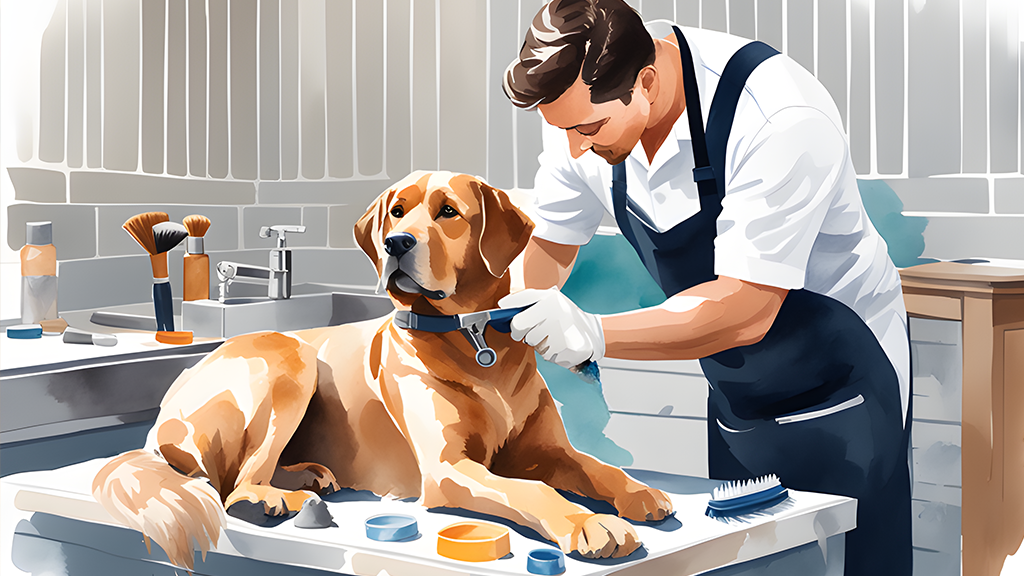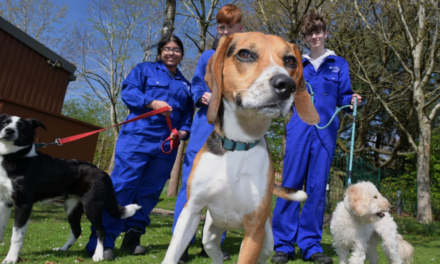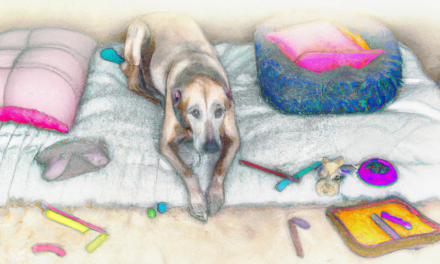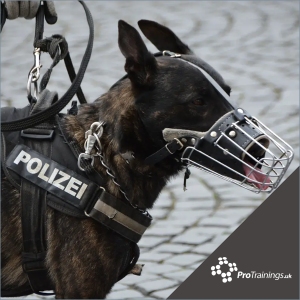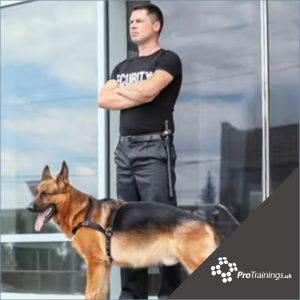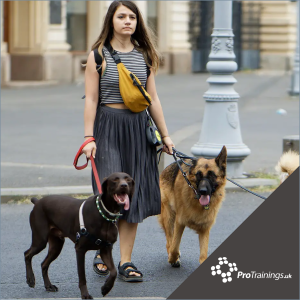Grooming is essential for maintaining your dog’s coat health and overall well-being. Regular grooming helps to remove dirt, debris, and tangles from the fur, preventing matting and discomfort. It also promotes healthy skin by stimulating blood flow and distributing natural oils, which keeps the coat moisturized and shiny. Additionally, grooming provides an opportunity to check for any skin issues, parasites, or abnormalities that may require attention. Beyond the physical benefits, grooming sessions also serve as bonding time between you and your dog, strengthening your relationship and trust. Overall, regular grooming is a vital part of responsible pet ownership and contributes to your dog’s overall health and happiness.
Benefits of regular grooming
Regular grooming is essential for maintaining the health and appearance of your dog’s coat. By regularly brushing and bathing your dog, you can remove dirt, debris, and loose hair, preventing matting and tangling. Grooming also helps to distribute natural oils throughout the coat, keeping it moisturized and reducing the risk of dry skin and irritation. Additionally, regular grooming allows you to closely examine your dog’s skin for any abnormalities or signs of parasites, ensuring early detection and treatment. Not only does grooming keep your dog looking and feeling their best, but it also promotes a strong bond between you and your furry friend.
Understanding your dog’s coat
Understanding your dog’s coat is essential for proper grooming and care. Each dog breed has a unique coat type, which requires specific attention and maintenance. Whether your dog has a short, smooth coat or a long, fluffy one, understanding its coat will help you determine the best grooming routine. Factors such as coat length, texture, and density play a significant role in how often you should brush, bathe, and trim your dog’s coat. Additionally, understanding your dog’s coat will also help you identify any potential skin issues or allergies that may require special care. By taking the time to understand your dog’s coat, you can ensure that they not only look their best but also stay healthy and comfortable.
Brushing
Choosing the right brush
Choosing the right brush is essential for maintaining your dog’s coat. Different breeds have different coat types, so it’s important to choose a brush that is suitable for your dog’s specific needs. For dogs with long, thick coats, a slicker brush is recommended to remove tangles and mats. Bristle brushes are ideal for dogs with short, smooth coats as they help distribute natural oils and remove loose hair. Additionally, wire-pin brushes are great for dogs with curly or wiry coats, as they can help detangle and prevent matting. By selecting the right brush for your dog, you can keep their coat healthy, shiny, and free from knots and tangles.
Brushing techniques
Brushing techniques are an essential part of maintaining your dog’s coat and overall grooming routine. Regular brushing helps to remove loose hair, prevent matting, and distribute natural oils throughout the coat, keeping it healthy and shiny. When brushing your dog, it’s important to use the right tools for their specific coat type. For dogs with long, thick coats, a slicker brush or a pin brush can be used to gently remove tangles and knots. Short-haired dogs may benefit from a bristle brush or a rubber curry brush to remove loose hair and stimulate the skin. Additionally, it’s important to brush in the direction of hair growth and be gentle to avoid causing any discomfort or pain to your furry friend. By incorporating regular brushing techniques into your dog’s grooming routine, you can help keep their coat looking its best and promote a strong bond between you and your pet.
Frequency of brushing
Regular brushing is essential for maintaining your dog’s coat and overall health. The frequency of brushing depends on your dog’s breed, coat type, and activity level. Dogs with longer, thicker coats may require daily brushing to prevent matting and tangling. Short-haired breeds may only need to be brushed once or twice a week. Additionally, dogs that spend a lot of time outdoors or have a tendency to get dirty may need more frequent brushing. By establishing a regular brushing routine, you can help keep your dog’s coat clean, healthy, and free from tangles and mats.
Bathing
Selecting dog-friendly shampoo
When it comes to selecting a shampoo for your dog, it is important to choose one that is specifically formulated for dogs. Regular human shampoos can be too harsh for your dog’s sensitive skin and may cause irritation. Look for shampoos that are gentle, hypoallergenic, and free from harsh chemicals. Additionally, consider your dog’s specific needs, such as if they have dry skin or allergies, and choose a shampoo that addresses those concerns. It is also a good idea to consult with your veterinarian for recommendations on the best shampoo for your dog’s coat type and overall health.
Proper bathing techniques
Proper bathing techniques are essential for maintaining your dog’s coat and overall hygiene. When bathing your dog, it is important to use a shampoo specifically formulated for dogs, as human shampoos can be too harsh and strip the natural oils from their coat. Start by wetting your dog thoroughly, making sure to avoid getting water in their ears and eyes. Gently massage the shampoo into their coat, paying extra attention to any areas that are particularly dirty or have a strong odor. Rinse your dog thoroughly, ensuring that all the shampoo is removed. After the bath, gently towel dry your dog or use a blow dryer on a low heat setting. Regular bathing not only keeps your dog’s coat clean and shiny, but it also helps to prevent skin irritations and keeps them smelling fresh.
How often to bathe your dog
When it comes to bathing your dog, the frequency will depend on several factors such as the breed, coat type, and overall health of your furry friend. Generally, most dogs should be bathed every 4-6 weeks. However, some breeds with oily coats may require more frequent bathing to prevent a buildup of dirt and odors. On the other hand, dogs with dry skin or certain medical conditions may need less frequent baths to avoid drying out their skin. It’s important to observe your dog’s coat and skin condition and consult with your veterinarian to determine the ideal bathing schedule for your beloved pet.
Trimming
Trimming different coat types
Trimming different coat types is an essential part of grooming your dog. Depending on the breed and type of coat your dog has, there are specific techniques and tools you can use to achieve the desired look. For dogs with long, silky coats, regular trimming helps prevent matting and keeps the fur looking neat and healthy. On the other hand, dogs with curly or wiry coats may require hand-stripping or clipping to maintain their coat texture. It is important to consult with a professional groomer or do thorough research to understand the specific needs of your dog’s coat type and ensure you are using the correct trimming techniques and tools. By regularly trimming your dog’s coat, you can keep them looking their best and promote good overall coat health.
Trimming sensitive areas
Trimming sensitive areas of your dog’s coat is an essential part of grooming. These areas, such as the ears, paws, and tail, require special attention and care to ensure your dog’s comfort and well-being. When trimming the ears, it is important to be gentle and use sharp, clean scissors to avoid causing any discomfort or injury. Similarly, when trimming the paws, be cautious not to cut too close to the skin or nails. Regularly trimming the tail can help prevent matting and keep it clean. Remember to always reward your dog with treats and praise during the grooming process to make it a positive experience for both of you.
Shedding
Understanding shedding
Understanding shedding is an important aspect of caring for your dog’s coat. Shedding is a natural process in which dogs lose old or damaged hair to make way for new growth. It is a common occurrence in most dog breeds and can vary in intensity depending on the breed and the time of year. By understanding shedding, you can better manage your dog’s coat and keep it healthy and free from tangles and mats. Regular brushing and grooming can help minimize shedding and keep your dog’s coat looking its best. Additionally, providing a balanced diet and ensuring your dog is properly hydrated can also contribute to a healthy coat and reduce excessive shedding. Overall, by understanding shedding and implementing proper grooming techniques, you can ensure that your dog’s coat remains in optimal condition and enhance their overall well-being.
Managing excessive shedding
Managing excessive shedding is an important aspect of grooming your dog. Excessive shedding can be a common issue for many dog owners, and it can lead to a messy home and constant cleaning. To effectively manage excessive shedding, regular brushing is essential. Brushing your dog’s coat helps to remove loose hair and prevent it from spreading around your home. Additionally, providing a balanced diet rich in essential nutrients can also help reduce excessive shedding. Regular baths and grooming sessions can further assist in managing shedding by keeping your dog’s coat clean and healthy. By implementing these grooming techniques, you can keep your dog’s coat in top condition and minimize the amount of shedding in your home.
Tips for reducing shedding
Shedding can be a common issue for many dog owners, but there are several tips that can help reduce the amount of hair your furry friend leaves behind. Regular brushing is essential to remove loose fur and prevent it from ending up all over your furniture and clothes. Additionally, providing a balanced diet with proper nutrients can promote a healthy coat and minimize excessive shedding. Another effective way to reduce shedding is by using specialized grooming tools, such as de-shedding brushes or combs. These tools can help remove the undercoat and reduce the amount of loose hair your dog sheds. Lastly, keeping your dog hydrated and ensuring they get enough exercise can also contribute to a healthier coat and less shedding. By following these tips, you can keep your dog’s coat looking clean and minimize the amount of hair that accumulates in your home.
Professional Grooming
When to seek professional grooming
Knowing when to seek professional grooming for your dog is essential to maintaining their coat’s health and appearance. While regular at-home grooming is important, there are certain situations where professional assistance is necessary. If your dog’s coat becomes matted or tangled, professional groomers have the expertise and tools to safely and effectively remove these knots without causing discomfort to your furry friend. Additionally, if your dog has a specific breed that requires specialized grooming techniques, such as hand-stripping or breed-specific haircuts, it is best to entrust these tasks to a professional. Professional groomers are trained to handle different coat types and can ensure that your dog’s grooming needs are met. By recognizing the signs and understanding when to seek professional grooming, you can help keep your dog’s coat healthy, shiny, and free from any potential discomfort or health issues.
Choosing a professional groomer
When it comes to choosing a professional groomer for your dog, it is important to consider several factors. First and foremost, you want to ensure that the groomer has experience and expertise in handling your dog’s specific breed and coat type. Different breeds have different grooming requirements, and a knowledgeable groomer will be able to provide the appropriate care and styling for your dog. Additionally, it is essential to choose a groomer who prioritizes the safety and well-being of your pet. Look for a groomer who uses gentle handling techniques and takes the time to understand your dog’s individual needs. Finally, don’t hesitate to ask for recommendations or read reviews from other dog owners to ensure that you are choosing a reputable and reliable groomer. By selecting a professional groomer who understands and respects your dog’s unique needs, you can ensure that your dog’s coat is kept healthy, clean, and well-maintained.
What to expect during a grooming session
During a grooming session, you can expect your dog to be bathed, brushed, and have their coat trimmed if necessary. The groomer will also check your dog’s ears, nails, and teeth to ensure they are healthy. Depending on the breed and the condition of your dog’s coat, the groomer may also perform tasks such as deshedding or dematting. Grooming sessions not only help your dog look their best, but they also play a crucial role in maintaining their overall health and well-being. It is important to establish a regular grooming routine to keep your dog’s coat clean, free from tangles, and to prevent any potential skin issues.
Next Steps Now that you have learned about the essential grooming practices for your dog’s coat, it’s time to put your knowledge into action. Remember, regular grooming not only keeps your dog’s coat healthy and shiny but also strengthens the bond between you and your furry friend. To further enhance your grooming routine, visit The Dogs Business website at https://thedogsbusiness.pro/. Here, you will find a wide range of high-quality grooming products, expert tips, and valuable resources to help you provide the best care for your dog’s coat. Take the next step towards becoming a grooming pro and give your dog the pampering it deserves.
